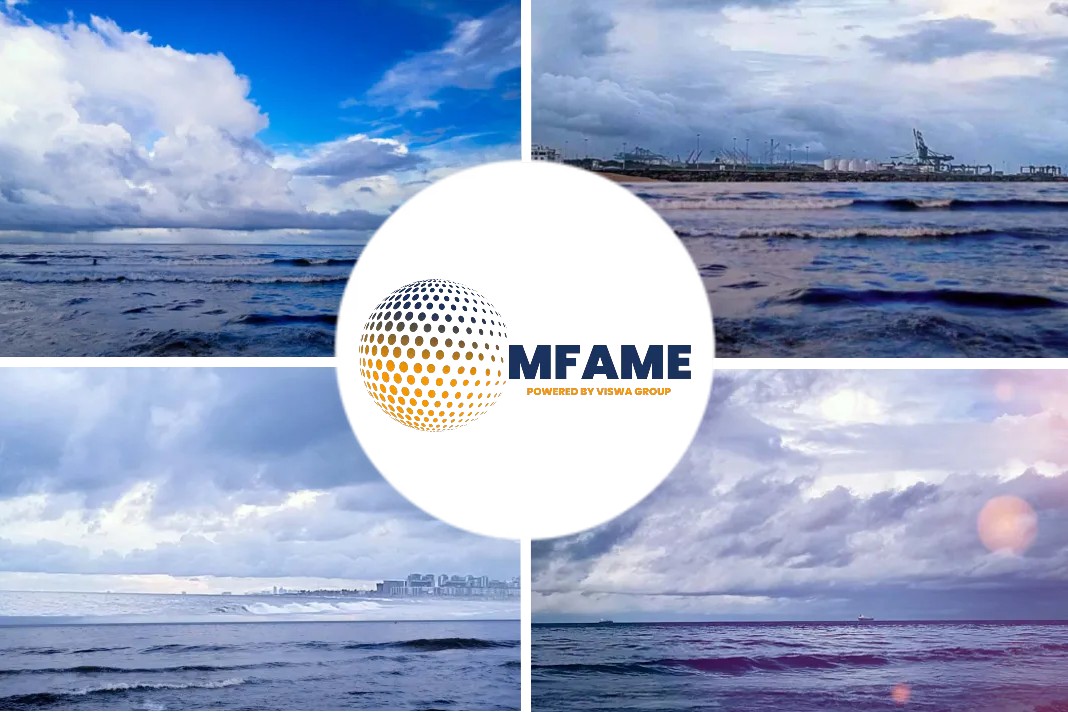With IMO 2020 deadlines just few months away, President/CEO, Refinery Automation Institute, LLC, Ara Barsamian says, the importance of viscosity is overlooked in the scramble to make compliant 0.5% Sulphur fuel. In an article published in Ship and Bunker, he briefs on what qualifies a 0.5% Sulphur Marine Fuel Blend as Marine fuel.
Here’s an excerpt from it.
Importance of viscosity overlooked
Preferably, customers would like to have an RMG 380 CST grade with a maximum of 0.5% Sulfur, and viscosity around 320 to 380 CST.
In the scramble to make compliant 0.5%Sbunkers (aka VLSFO), many focused on stability and compatibility, and overlooked the importance of viscosity. ISO 8217-17 does not have a minimum viscosity specs, only maximum.
VLSFO regional recipes
Just to refresh memories, the IMO (CE Delft) study produced VLSFO regional recipes, as follows:
- USA 14.7cSt
- Europe: 17.2cSt
- Asia-Pacific: 110.7 cST
The first two recipes are really “Marine Diesel”, that is, gasoil with a couple of “drops” of residue, like RMA 10 or RMB grades. The Asia Pacific is between RMD 80 to RME 180, that is, gasoil with “more” residue.
So what are the suppliers making?
Most initial tests of 0.5% S samples showed viscosities in three groups:
- First group in the range of 10 cSt to 30 cSt
- Second group in the range of 100 cSt to 200 cSt
- A minority of suppliers are planning to provide 300 to 380 cST blends.
Why Is Viscosity Important?
Sulfur is not the only property to be considered. Low viscosity could also be a big issue because it affects:
- the fuel heating temperature with the potential for thermal shocks, and leakage around cylinder/piston clearances and lube oil contamination
- lubricity reduced with lower Sulfur content will require adding lubricity additives
Recommendations
Have long term supply agreements with suppliers to insure CONSISTENT quality:
- If you’re buying low visco fuel, since most of it will be gasoil, the costs savings vs. MGO will be minimal, so you may want to stick with MGO. This is the most expensive solution.
- If you’re buying medium visco fuel, it will have the MOST UNPREDICTABLE quality and price, and nasty surprises regarding stability, compatibility, and lubricity because suppliers will be in a price race.
- If you’re buying high visco fuel, behavior and price should be close to today’s HSFO.
- most of it will be residue (in EU, LS visbroken resid and LS straight run, in US and APA, LS Vac bottoms and LS straight run), the manufacturing cost (not selling price) should be $30 to 50 above 3.5%S HFO. Stability and compatibility will be the same as today’s HSFO, so you have to pay attention to the aromaticity of the fuel…It will be the cheapest solution, unless you use scrubbers with HSFO.
Did you subscribe to our daily newsletter?
It’s Free! Click here to Subscribe!
Source: ShipandBunker
















